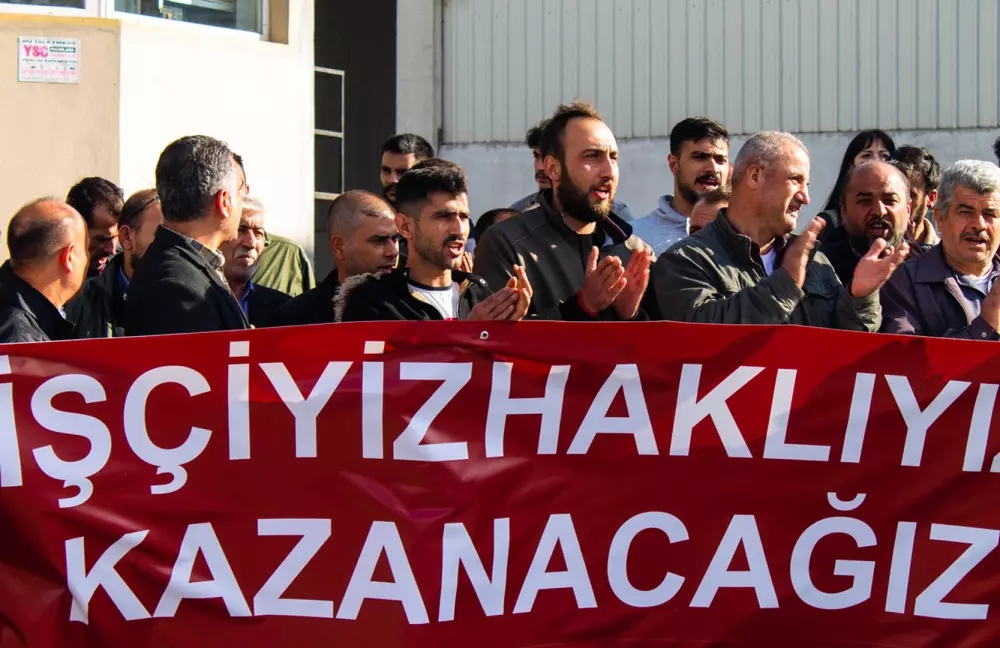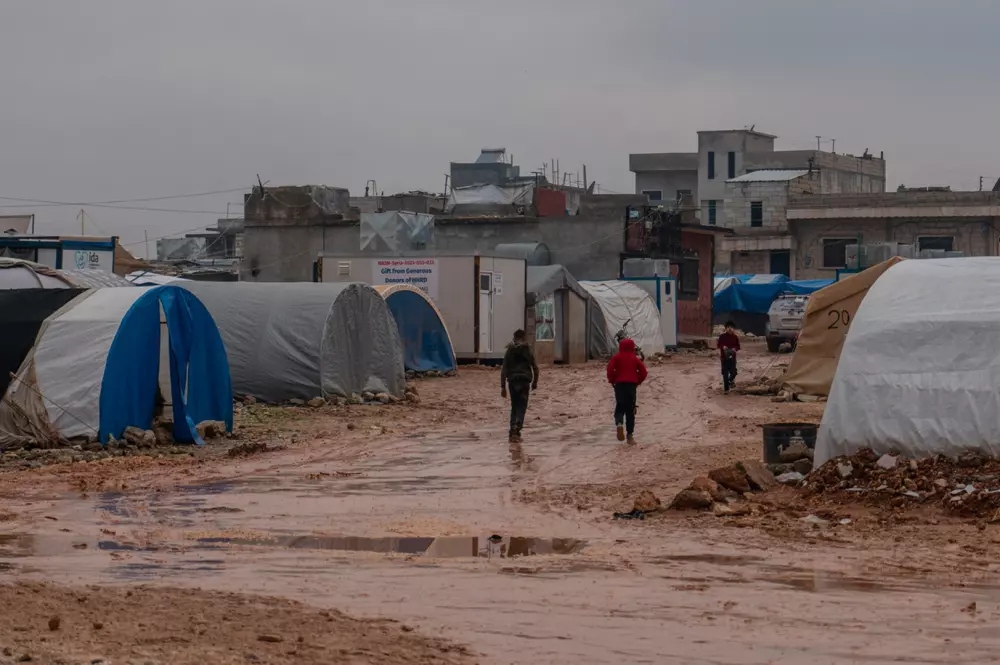Taiwan's Deadliest Quake In 25 Years Claims Lives And
Displaces Many
Taiwan endured the wrath of its most potent earthquake in a
quarter of a century, a seismic event that claimed nine lives left 50
individuals unaccounted for and left more than 900 injured. The tremor,
measuring 7.2 on the Richter scale, struck the region around Hualien, a
mountainous area characterized by sparse population, triggering landslides and
causing buildings to lean perilously.
Linda Chen, a resident of Hualien, recounted the trauma of
the event, expressing fears of imminent collapse as her newly inhabited
apartment complex suffered significant damage, echoing the devastation she had
experienced in a previous earthquake in 2018. Her sentiments encapsulated the
widespread apprehension and vulnerability felt by many in the region.
Mayor Hsu Chen-Wei mobilized evacuation efforts swiftly,
ensuring the safety of residents and businesses residing in structurally
compromised buildings. Yet, the force of the quake was so potent that news
anchors delivering live updates struggled to maintain composure as their surroundings
swayed, underscoring the scale of the disaster.
Rescue operations raced against time, with footage showing
daring efforts to extract trapped individuals from precarious situations. While
some were successfully rescued, including two Germans trapped in tunnels,
others remained elusive, particularly the 50 workers aboard minibusses bound for
Taroko Gorge National Park.
The aftermath of the earthquake rippled beyond Taiwan's
borders, prompting tsunami warnings in Japan and the Philippines. Aftershocks
continued to rattle Taipei, and the seismic activity caused minor damages to
infrastructure, including F-16 fighter jets at a military base in the city.
Despite the chaos, Taiwan rallied its resources.
President-elect Lai Ching-te emphasized the paramount importance of rescue
efforts, prioritizing human lives above all. International support poured in,
with the United States offering assistance, exemplifying global solidarity in
times of crisis.
Taiwan's resilience shone through in the face of adversity.
Power was swiftly restored, and critical infrastructure, such as the rail link,
was expected to resume operations promptly. However, the impact reverberated in
economic spheres, with disruptions to chip manufacturing affecting global
supply chains.










.jpg)